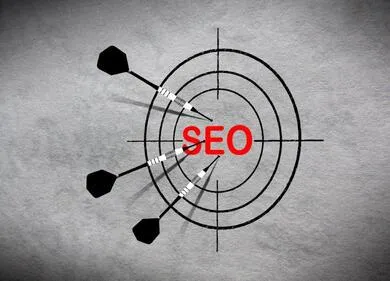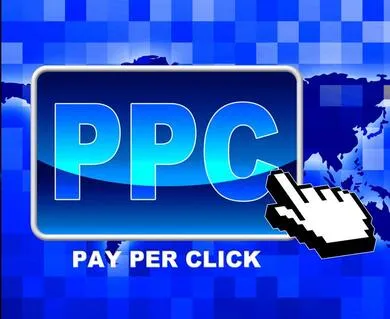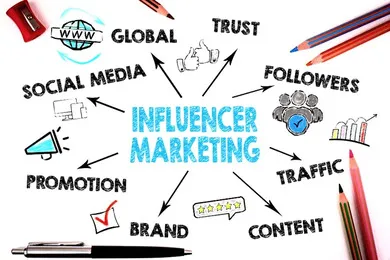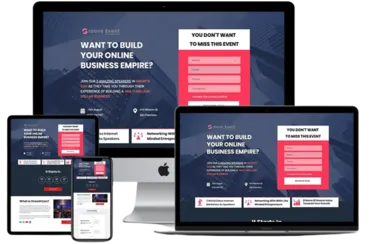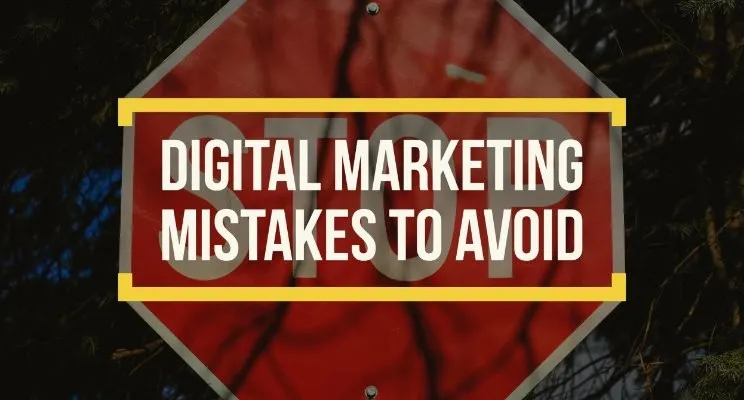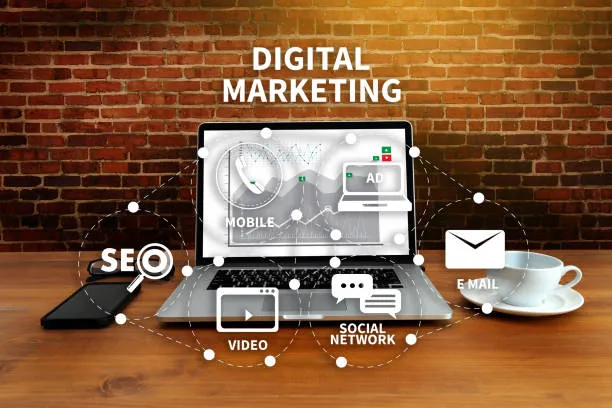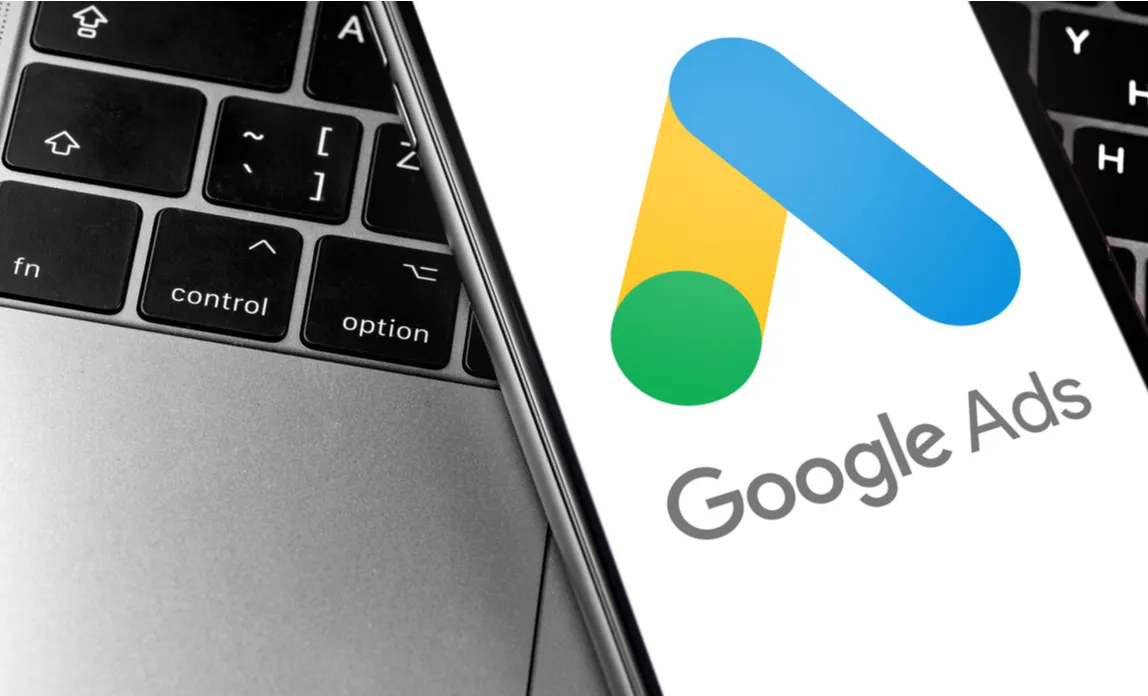The Best Digital Marketing Strategy To Unleash Your Business Online
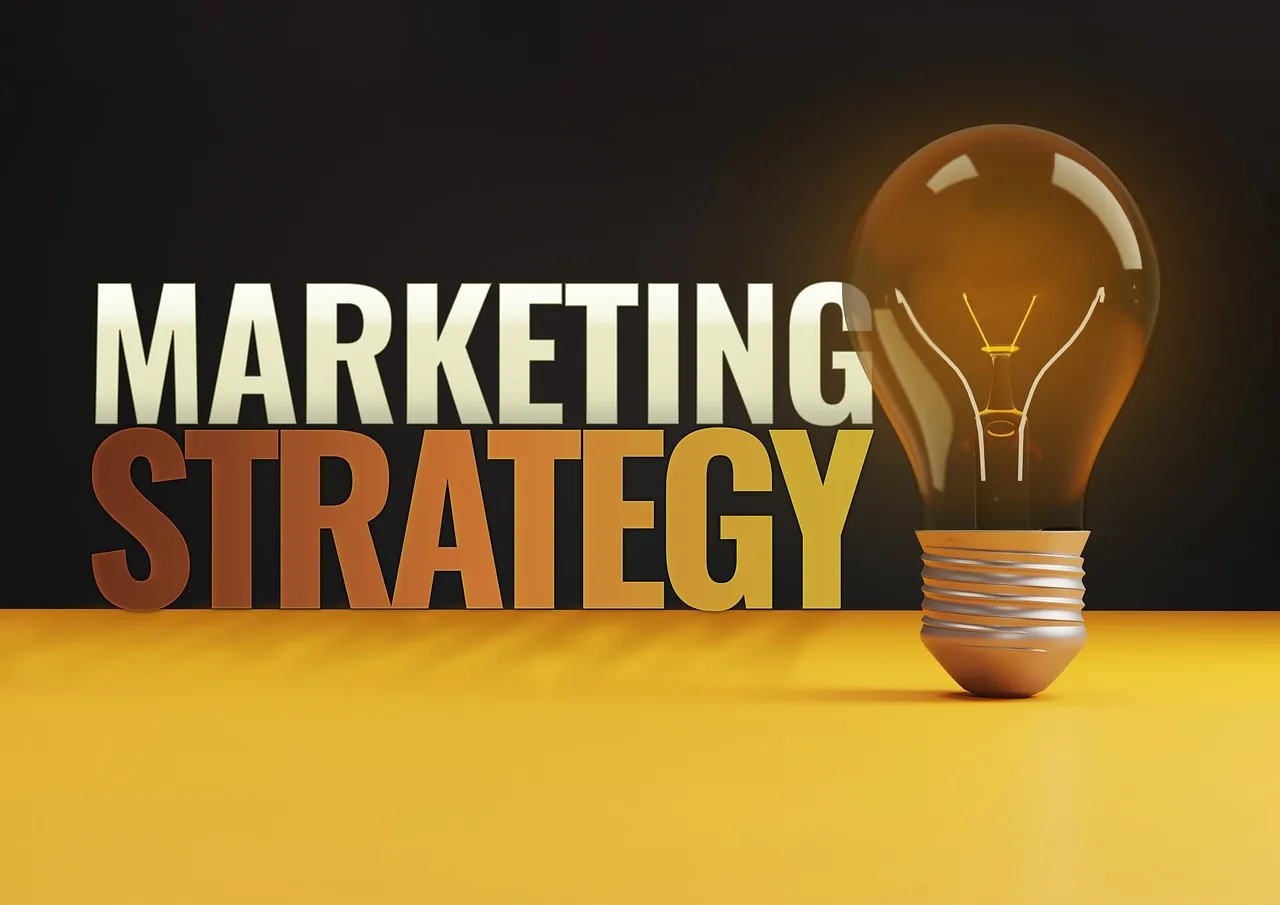
As a small business owner, it's essential to have an online presence in today's digital age. Not only does it allow you to reach a wider audience, but it also helps with credibility and can lead to increased sales. However, with so many options out there, it can be overwhelming to know where to start. That's where creating a digital marketing strategy comes in.
A digital marketing strategy is a plan that outlines the actions you'll take to achieve your business goals through online marketing efforts. It helps you focus on specific goals and identify the tactics you'll use to reach them.
Here are some steps to help you create a digital marketing strategy for your small business:
Define your target audience
Defining your target audience is crucial for any digital marketing strategy for small businesses. The first step in defining your target audience is to conduct market research and gather data about your potential customers. Look at demographic data, such as age, gender, income, and location, to get a better understanding of who your ideal customer is. You can also conduct surveys or focus groups to gather insights into their preferences, needs, and behaviors.
Once you have a clear understanding of your target audience, you can tailor your digital marketing strategy to reach them more effectively. Consider which channels and platforms your target audience is most likely to use, such as social media, email, or search engines, and focus your efforts on those channels.
Create content that resonates with their interests and needs, and use targeted advertising to reach them with personalized messaging. By defining your target audience, you can create a more targeted and effective digital marketing strategy that is more likely to drive results and help your small business grow.
Set specific, measurable, achievable, relevant, and time-bound (SMART) goals
Setting SMART goals is an effective way to ensure that your digital marketing strategy is focused and measurable. The first step in setting SMART goals is to define your objectives, which should be specific and clearly defined. For example, your goal might be to increase website traffic by 25% or generate 100 new leads per month. Once you have a clear objective, you can make sure that it is measurable by tracking progress with tools like Google Analytics or social media insights.
The next step is to ensure that your goals are achievable and relevant to your business. Consider the resources you have available, such as time, budget, and team members, and set goals that are realistic and achievable within those constraints. Additionally, make sure that your goals are relevant to your overall business objectives and will help you achieve your long-term goals.
Finally, set a timeline for achieving your goals to ensure that they are time-bound. This will help you stay on track and hold yourself accountable for making progress towards your objectives. By setting SMART goals, you can create a focused and measurable digital marketing strategy that will help your small business achieve its goals and grow over time.
Determine your budget
Determining your budget is an important aspect of developing a digital marketing strategy for a small business. Your budget should be based on your overall marketing goals and should take into account the resources that are available to you. Start by identifying the channels and platforms that will be most effective for reaching your target audience, such as social media, email marketing, or search engine advertising. Then, research the costs associated with each channel and develop a budget that is realistic and achievable based on your available resources.
In addition to setting an overall budget, it can be helpful to break down your budget into smaller categories for each marketing channel. This can help you allocate your resources more effectively and make adjustments as needed to optimize your spending. For example, you might allocate more resources towards social media advertising if it is driving more traffic and leads to your website than other channels. Ultimately, your budget should be flexible and adaptable, allowing you to make adjustments as needed to achieve your marketing goals and stay within your financial constraints.
Identify your unique value proposition
Identifying your unique value proposition is key to developing a successful digital marketing strategy. Your unique value proposition is what sets you apart from your competitors and helps you stand out in your niche.
Start by conducting a competitive analysis to identify your competitors and what they are offering to your target audience. This will help you identify gaps in the market and opportunities to offer something unique and valuable to your potential customers.
Once you have a clear understanding of your competition, it's time to identify your unique value proposition. This should be a statement that clearly communicates what makes your product or service different and better than your competitors. Think about your target audience's needs and pain points and how your product or service can solve their problems in a way that no one else can.
Your unique value proposition should be simple, clear, and compelling, and should be communicated throughout all of your digital marketing efforts, from your website copy to your social media posts. By identifying your unique value proposition, you can differentiate yourself from your competitors and create a more effective and targeted digital marketing strategy for your small business.
Create a content marketing plan
Content marketing is the process of creating and distributing valuable, relevant, and consistent content to attract and retain a clearly defined audience. It's an important part of any digital marketing strategy because it helps you establish thought leadership and build trust with your audience. Creating a content marketing plan is a crucial component of any digital marketing strategy for small businesses.
Start by defining your content marketing goals and what you hope to achieve through your content, such as driving website traffic, generating leads, or building brand awareness. Then, identify your target audience and their content preferences, such as the topics, formats, and channels they prefer. This will help you create content that resonates with your target audience and drives engagement and conversions.
Once you have a clear understanding of your goals and target audience, it's time to create a content calendar that outlines the topics, formats, and channels you will use to reach your audience. Consider a variety of content formats, such as blog posts, infographics, videos, or social media posts, and identify the channels that will be most effective for promoting your content and reaching your target audience.
Make sure to include a mix of evergreen and timely content, and set a schedule for creating and publishing new content to ensure that you stay consistent and provide value to your audience over time. By creating a content marketing plan, you can create a targeted and effective digital marketing strategy that will help your small business achieve its marketing goals and grow over time.
Use social media to your advantage
Social media can be a powerful tool for small businesses looking to grow their online presence and reach their target audience.
Start by identifying the social media platforms that are most popular with your target audience and create a profile on each platform. Make sure to use consistent branding and messaging across all of your social media profiles to build brand recognition and help your audience connect with your business.
Then, develop a content strategy that is tailored to each platform and your target audience's preferences, such as the types of content they prefer and the times of day they are most active. To use social media to your advantage, it's important to be active and engaged on each platform. This means posting regularly, responding to comments and messages, and engaging with your audience by liking, sharing, and commenting on their posts.
You can also use social media advertising to reach a larger audience and promote your products or services to a specific demographic or interest group. Make sure to track your social media metrics, such as follower count, engagement rate, and click-through rate, to measure the effectiveness of your social media strategy and make adjustments as needed to optimize your results. By using social media to your advantage, you can build brand awareness, generate leads, and drive conversions for your small business.
Optimize your website for search engines
To rank higher on search engines, it's essential to optimize your website. This process, known as search engine optimization (SEO), involves making sure your website is structured and written in a way that makes it easy for search engines to understand and rank.
Optimizing your website for search engines is essential for improving your online visibility and driving traffic to your website.
Start by conducting keyword research to identify the search terms and phrases that your target audience is using to find businesses like yours. Then, optimize your website's content, including your headlines, subheadings, and body copy, to include those keywords and phrases in a natural and compelling way. Make sure to also include meta descriptions and alt tags on your website's images, which provide additional context and can help your website rank higher in search engine results pages.
In addition to on-page optimization, you should also focus on off-page optimization, which includes building backlinks to your website from other reputable websites. This can help to establish your website's authority and relevance in your industry and can improve your search engine rankings over time. You can build backlinks through guest blogging, social media marketing, and other digital marketing tactics. Make sure to also regularly update your website with fresh, high-quality content, which can improve your website's visibility and keep your audience engaged.
By optimizing your website for search engines, you can improve your online visibility, drive more traffic to your website, and ultimately grow your small business.
Use email marketing to nurture leads
Email marketing is a highly effective way to nurture leads and build relationships with your target audience.
Start by creating an email list of subscribers who have opted in to receive communications from your business, either through a sign-up form on your website or through other lead generation efforts.
Then, create a lead nurturing campaign that delivers targeted and personalized content to your subscribers over time, such as educational blog posts, special offers, or product updates. Make sure to segment your email list based on subscriber behavior and preferences, such as past purchases or website activity, to deliver the most relevant content to each subscriber.
To maximize the effectiveness of your email marketing efforts, make sure to use a reputable email service provider that can help you design and send professional-looking emails, track your email metrics, and manage your email list. Make sure to also follow best practices for email marketing, such as personalizing your emails, optimizing your subject lines and email content, and including clear calls-to-action that drive subscribers to take the next step, such as visiting your website or making a purchase.
By using email marketing to nurture leads, you can build relationships with your target audience, drive engagement and conversions, and ultimately grow your small business.
Utilize pay-per-click advertising
Pay-per-click (PPC) advertising is a powerful way to quickly drive traffic to your website and generate leads and conversions.
Start by identifying the most relevant keywords and phrases for your business, and then create targeted ads that will appear when users search for those terms. You can use platforms like Google Ads or Bing Ads to create and manage your PPC campaigns, which allow you to set budgets, target specific locations and demographics, and track your ad performance in real time. Make sure to also create compelling ad copy and use eye-catching visuals to grab your target audience's attention.
To optimize your PPC campaigns, make sure to continually monitor and adjust your ad settings, keywords, and bidding strategies to maximize your return on investment. Use A/B testing to try out different ad variations and landing pages, and track your key performance metrics, such as click-through rates, conversion rates, and cost per click, to identify opportunities for improvement.
By utilizing pay-per-click advertising as part of your digital marketing strategy, you can quickly and effectively reach your target audience, drive traffic to your website, and generate leads and conversions for your small business.
Consider retargeting
Retargeting, also known as remarketing, is a highly effective tactic to re-engage with users who have previously interacted with your website or other online content.
Retargeting works by using tracking pixels and cookies to show targeted ads to users who have already visited your website, engaged with your social media channels, or interacted with your online ads. By showing these users relevant and personalized ads that speak directly to their interests and past behaviors, you can increase the likelihood that they will return to your website and take action.
To implement retargeting as part of your digital marketing strategy, start by setting up tracking pixels on your website and other online assets, such as your social media channels. Then, create targeted ads that will appear to users who have previously interacted with your brand, such as personalized product recommendations or special offers. Use retargeting ads to drive users back to your website, encourage them to make a purchase or fill out a lead form, or build awareness and engagement with your brand.
By considering retargeting as part of your digital marketing strategy, you can build stronger relationships with your target audience, increase brand awareness, and drive more conversions for your small business.
Utilize influencer marketing
Influencer marketing is a powerful way to tap into the trusted and authentic voices of online influencers to promote your brand and products.
Start by identifying relevant influencers in your niche or industry, such as bloggers, social media stars, or industry experts, who have a strong following and engagement with their audience. Then, reach out to these influencers to build relationships, offer incentives, and co-create content that will showcase your brand and products to their followers.
To maximize the impact of your influencer marketing campaigns, make sure to carefully select influencers who align with your brand values and target audience. Work with them to create high-quality, engaging content that showcases your brand and products in an authentic and relatable way. Measure the success of your campaigns by tracking key performance metrics, such as engagement rates, reach, and conversions, and adjust your approach as needed to achieve your goals.
By utilizing influencer marketing as part of your digital marketing strategy, you can tap into the power of trusted online voices to build awareness, engagement, and loyalty with your target audience.
Track and analyze your results
It's essential to track and analyze the results of your digital marketing efforts to see what's working and what's not. Tracking and analyzing your results is a critical component of any digital marketing strategy. Without careful monitoring, it can be difficult to know whether your marketing efforts are driving results and whether you need to adjust your tactics to achieve your goals.
Start by setting clear and measurable goals for your digital marketing strategy, and then use tracking and analysis tools to monitor your progress and measure your success.
One of the most effective ways to track and analyze your results is through analytics tools such as Google Analytics or social media analytics. These tools allow you to monitor website traffic, engagement rates, and other key metrics, and provide insights into how your target audience is interacting with your brand and content. Use these tools to identify trends and patterns in your data, and to identify areas where you need to improve your performance.
By regularly tracking and analyzing your results, you can stay on top of your digital marketing efforts, make data-driven decisions, and optimize your strategies to achieve your goals. This is where groovefunnels comes in!
GrooveFunnels Your Trusted All-in-One Solution
Are you ready to take your digital marketing game to the next level? Look no further than GrooveFunnels – the ultimate all-in-one platform designed to empower both beginners and seasoned marketers alike. GrooveFunnels is the ultimate solution to tackle critical mistakes killing your conversions. Whether you're just starting out with a free account or looking to upgrade to advanced features, GrooveFunnels has everything you need to succeed.
- Build High-Converting Funnels: Use intuitive drag-and-drop builders to create sales funnels tailored to your business goals and audience.
- Track Performance: Analyze key metrics and track the performance of your funnels with built-in analytics tools, allowing you to make data-driven decisions and optimizations.
- Automate Marketing Processes: Utilize marketing automation features to set up automated email sequences, segment your audience, and deliver personalized messages at scale.
- Test and Optimize: Conduct A/B tests, analyze results, and make iterative changes to your funnels with ease, ensuring continuous improvement and maximum effectiveness.
- Cost-Effective Solution: GrooveFunnels all-in-one approach provides a cost-effective alternative to purchasing individual marketing tools from multiple vendors. GrooveFunnels also offers a free plan with limited features, making it an attractive option for startups and small businesses looking to kickstart their digital marketing efforts without upfront costs.
Get started for free and unlock basic features. Ready to level up? Upgrade for advanced analytics, split testing, and more. Supercharge your digital marketing and scale your business with GrooveFunnels today!
Do yourself a favor and sign up for your free Groove account right now.







